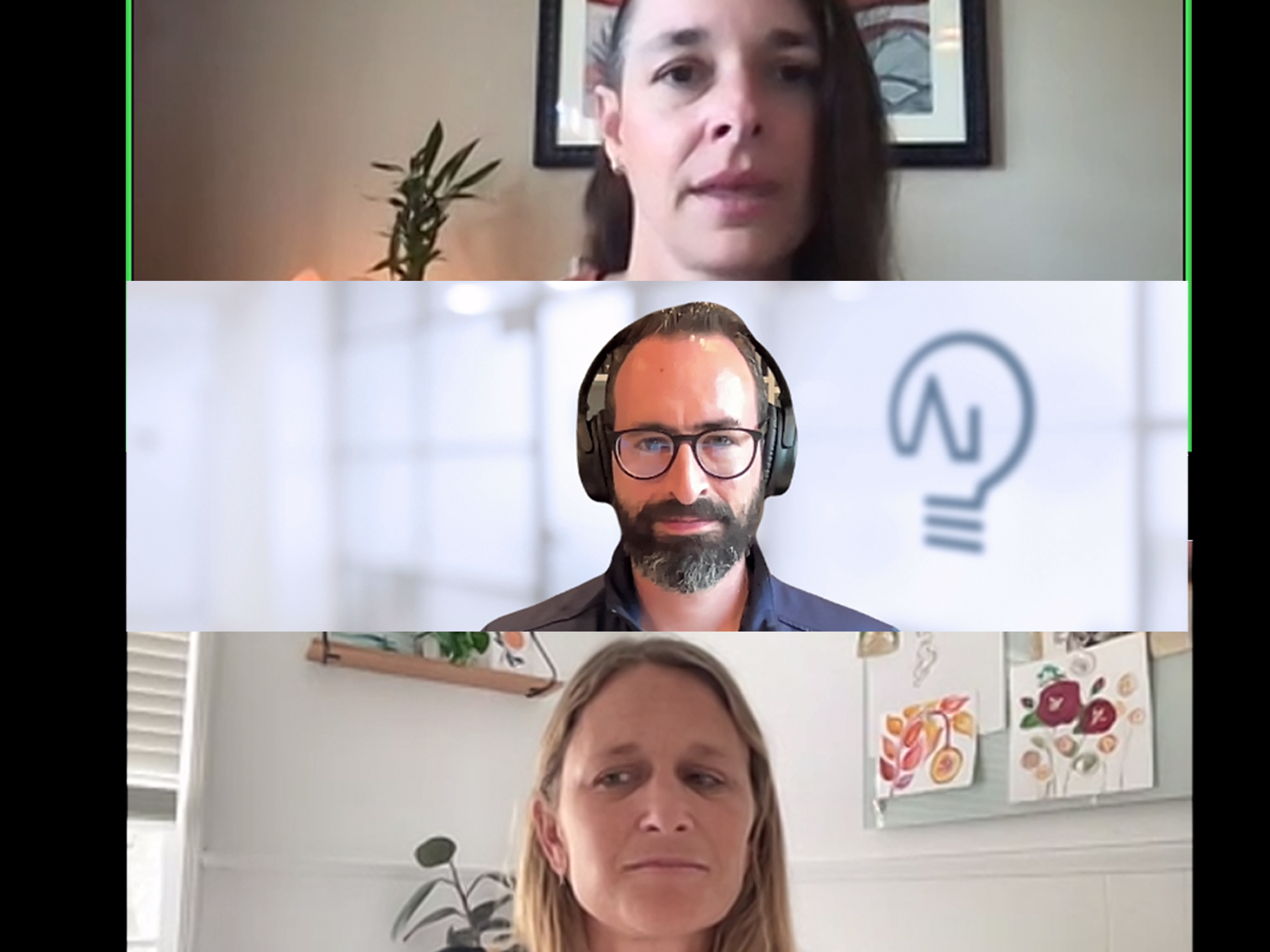
I recently hosted a virtual workshop featuring branding experts Jen Derks and Carly DeMento from Four Fin Creative who shared strategies for effective startup storytelling. The session explored three key pillars that make startup stories compelling: clarity, the hook, and the call to action.
Storytelling Fundamentals
Good storytelling for startups is about pulling people in naturally rather than pushing information on them. A compelling story makes people understand your solution without feeling overtly persuaded. Language serves as the bridge between your insights and your audience.
Pillar 1: Clarity — Making Your One-Liner Work
The one-liner is a startup’s most important piece of copy – appearing in pitch decks, websites, and sales materials. Key insights about one-liners include:
- Focus on 1-2 key aspects rather than trying to communicate everything
- Prioritize what creates the most value in your solution
- Signs your one-liner needs work: People consistently misunderstand what you do or ask the same questions repeatedly
- Different approaches to one-liners:
- Focus on what your company does
- Emphasize your vision
- Highlight customer benefits
Conducting competitive analysis of 5-7 similar companies can help find ways to differentiate your messaging.
Pillar 2: The Hook – Drawing People In
Three effective hook structures include:
- Problem and Solution Story: Focus on one person or group and how your solution helps them
- Paint the Future: Describe what life will look like after your solution
- Personal Story: Share your authentic journey to humanize your company
Pillar 3: Call to Action
The purpose of startup storytelling is ultimately to drive specific actions from investors, customers, or potential partners. The more specific the call to action, the better. If you don’t have a specific ask (like “help us raise our first million”), consider how to secure a meeting by offering something of value like a demo or sample.
Common Messaging Mistakes to Avoid
Several pitfalls in startup messaging to watch for and why they’re problematic:
- Vague comparisons: “Uber for X” or “a mix between Tesla and Amtrak”
- Why it fails: These comparisons risk confusing people about what your solution actually does, especially if you reference companies your audience isn’t familiar with or if the comparison isn’t precise
- Leading with features instead of value
- Why it fails: Customers don’t need products; they need problems solved. The example shared was “no one needs a hammer with a built-in level; they need a photo hung perfectly” — focusing on features misses the emotional and practical outcomes people actually care about
- Hyperbolizing: Claiming to “revolutionize” or be “the only tool needed”
- Why it fails: Exaggerated claims damage credibility and create skepticism. The workshop suggested more measured alternatives like “our solution has the potential to…” or “we’re starting to see how dramatic shifts are possible…”
- Information overload: Trying to communicate too much at once
- Why it fails: In a world of content clutter, overwhelming people means they’ll retain nothing. The workshop emphasized that “the shortest story that makes people understand and feel” is the goal — focus is key
- Overly technical language: Using complex explanations when simpler ones would work better
- Why it fails: Technical accuracy often comes at the cost of comprehension, especially when communicating with non-specialists or across different backgrounds
Key Takeaways
- Good stories lack eagerness and persuasion — they pull people in because the need is clear
- Clarity drives success — although it may seem “unsexy,” clarity helps customers and investors help you
- One-liners should evolve — it’s normal to iterate, especially as a startup grows and changes
- Brevity isn’t always best — sometimes being too brief leaves important connections unmade
- The why matters — communicate not just what you do, but why it matters
- Test with outsiders — founders often become too close to their vision to see it objectively
Related Insights

How to create an AI energy startup in under six months

Navigating AI Transformation: Insights from Venture Studio and Corporate Partnerships

Emerging Trends in LLMs for Founders

What founders need to know about recruiting technical teams

Pitch decks that raise money

